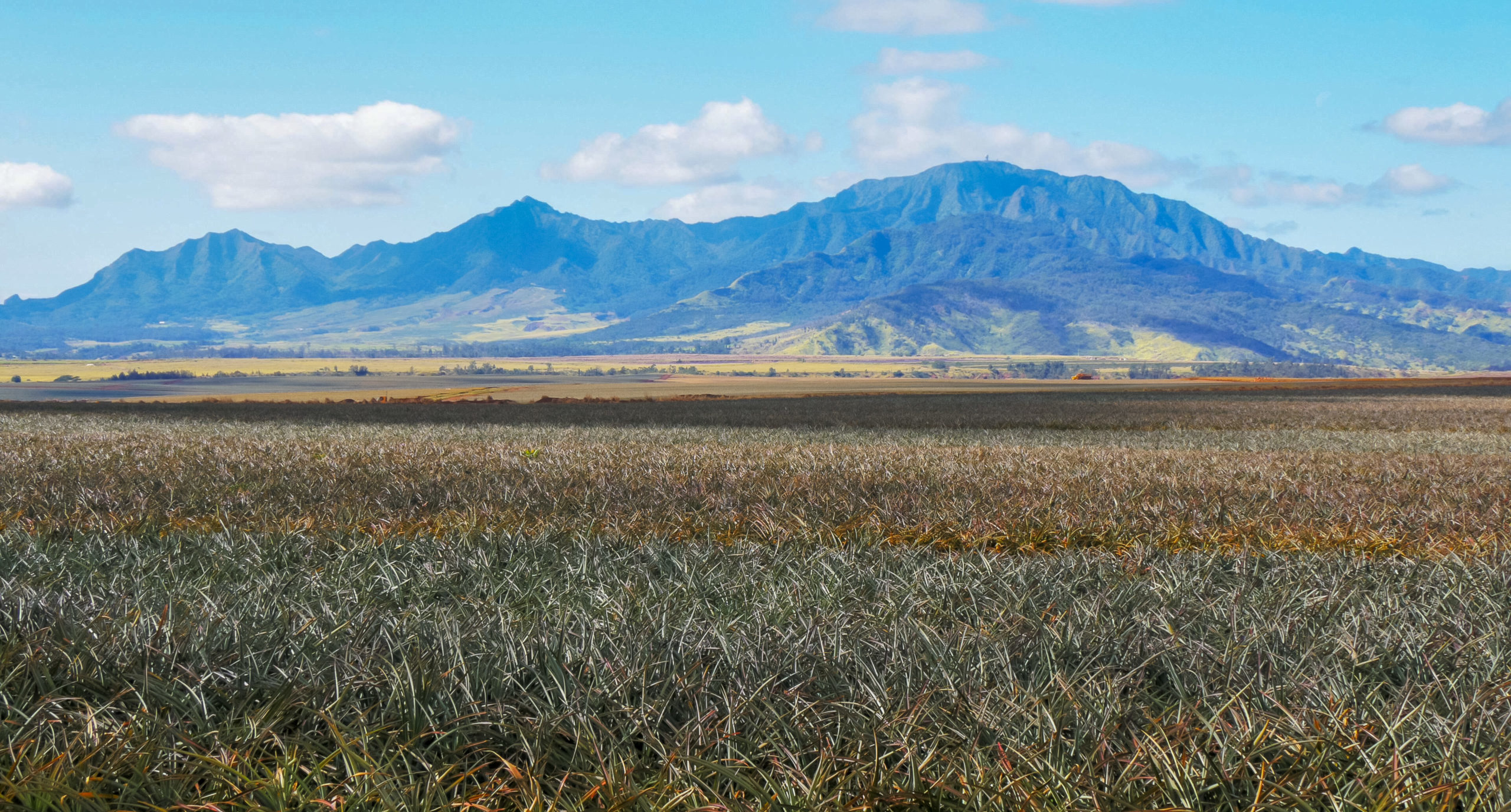History of Pineapple in Hawaii

Undoubtedly, Hawaii is one of the most popular tourist destinations in the world. This aloha paradise is probably one of the first places you can think of when planning a summer vacation, which is totally understandable. Hawaii is home to many beautiful, clean beaches you would love to visit. But aside from the beaches, this tropical island is also known for another thing – pineapples.
For this reason, joining a Dole pineapple farm tour is a must when you spend a vacation on Oahu. If you want to know more about this tour, you can refer to this infographic by Go Tours Hawaii. On the other hand, if you are interested in learning more about the history of pineapples in Hawaii, continue reading this blog.
How did this spiky yet sweet fruity find Hawaii?

This may surprise you, but the spiky yet sweet fruit many people love and recognize as the symbol of Hawaii is not native to the islands. Many botanists and historians said that ananas comosus or pineapple originated from South America, most likely near present-day Brazil. This fruit existed in the lands of South America long before the Europeans arrived.
However, when Christopher Columbus and his crew stepped foot into the “New World,” where they explored various Caribbean islands, the Gulf of Mexico, and the South and Central American mainlands, he stumbled upon this tangy fruit on the island of Guadalupe in 1943. The explorer called the fruit pina de Indes, which means “pine of the Indians” because of its striking resemblance to an oversized pinecone.
After this discovery, Columbus and his team loaded their ships with this fruit and took it home to Spain, making pineapples one of the first new world plants to be introduced to the European continent. Later on, the fruit became mainstream in Europe.
From Spain, the pineapple started its journey across the globe. Throughout the 1500s, the Spaniards introduced the fruit to the African continent, starting with Zimbabwe to the tropical climates of the Pacific – Philippines, Guam, and Hawaii. The Portuguese have also transported pineapples into India, Asia, and the West Indies. While transporting pineapples was extremely difficult and expensive, this fruit continued to grow in popularity. It even became a famous symbol of wealth and hospitality in the mid-1600s.
The first recorded pineapples grown commercially in Hawaii came from Don Francisco de Paula Marin, an interpreter and trusted advisor to King Kamehameha the Great. He assisted the King in acquiring weapons from the West before his attack on Oahu.
The beginning of the Pineapple Industry in Hawaii

Mass production first began around the 1850s. Around 20,000 pineapples were shipped from Kona to Honolulu and then to California. However, due to long voyages to the mainland, spoilages have been rampant. This means the expensive fruit was only giving low-profit margins. This went on until the arrival of John Kidwell to Oahu.
Kidwell, an English immigrant from London, established himself as a nurseryman and gardener in San Francisco in 1879. Many of his customers were Hawaiians who bought flowers, plants, and shrubs that would be imported to the islands. His customers pointed out how advantageous it would be for him to establish a nursery in Honolulu. Kidwell heeded their advice and arrived at Oahu in 1882.
During Kidwell’s arrival, sugar dominated the island. But despite this, there was still a demand for fresh Hawaiin pineapples in San Francisco. But the pineapples being shipped were of poor quality. Because of this, he worked with the Big Island grower, Charles Hansen. The two brought pineapples to the Manoa Valley and planted them there. Although the pineapples planted in the valley grew larger, their taste wasn’t still up to Kidwell’s liking. He then began researching horticultural periodicals and found the Smooth Cayenne, a much-praised variety from Florida.
Kidwell also developed pineapple propagation from stumps. He cut the tops of the fruit before replanting them. However, the crownless pineapples rotted quicker in transport. Thus, in 1889, he started delving into pineapple canning. But despite him being able to ship some canned pineapples, the costly US tariffs on canned imports made him lose money.
The Dole Pineapple Farm

After Kidwell’s efforts to develop the pineapple industry in Hawaii came James Dole. James Drummond Dole is a Harvard Bussey Agricultural Institute graduate who began experimenting with several crops on his 64-acre land in 1901. After his experiments, he decided that pineapples were the most suitable to plant in the central Oahu land. He then formed the Dole Hawaiian Pineapple Company. In 1905, Dole was able to sell about 125,000 cases of pineapples. This allowed him to expand his operation and build Iwilei Cannery near Honolulu in 1907.
By 1909, three major pineapple companies – Dole, Del Monte, and Maui Land and Pineapple – were growing and exporting pineapples to the US market. In 1910, engineer Henry Ginaca was hired to create a machine to help fasten coring and peeling pineapples. This changed the pineapple canning process; to this day, the machine Ginaca built is still being used.
Dole Pineapple Farm Today
Today, the Dole Pineapple Farm in Oahu North Shore is among the most popular tourist attractions thanks to Go Tours Hawaii’s exclusive North Shore Dole Pineapple Farm Tour. In this tour, you will experience a once-in-a-lifetime memory of witnessing the Dole pineapple planting, harvesting, and packing process. At the end of the tour, you will also be given a complimentary Dole Royal Hawaiian Gold Pineapple to take home.
Additional highlights of this tour include Greenworld Coffee Farm and lunch at a local food truck where you can enjoy authentic local North Shore dishes. Plus, you will visit the historic Waialua Sugar Mill (now a soap factory), a photo opportunity at the North Shore beach, and a stop at the King Kamehameha statue.
For more information about this tour, you can book with Go Tours Hawaii at www.gotourshawaii.com/dole-pineapple-tour.

Experience Hawaii with Go Tours Hawaii
Hawaii has so much to offer; all of these are just waiting for you to see. So if you are seeking a vacation that you will never forget for the entirety of your life, try checking out Go Tours Hawaii.
We are a local Hawaii tour operator specializing in Oahu Tours. Let us take you on an unforgettable Oahu vacation you will remember for a lifetime. For more information about us, what we do, and the list of our tours, you can visit our website at www.gotourshawaii.com.
